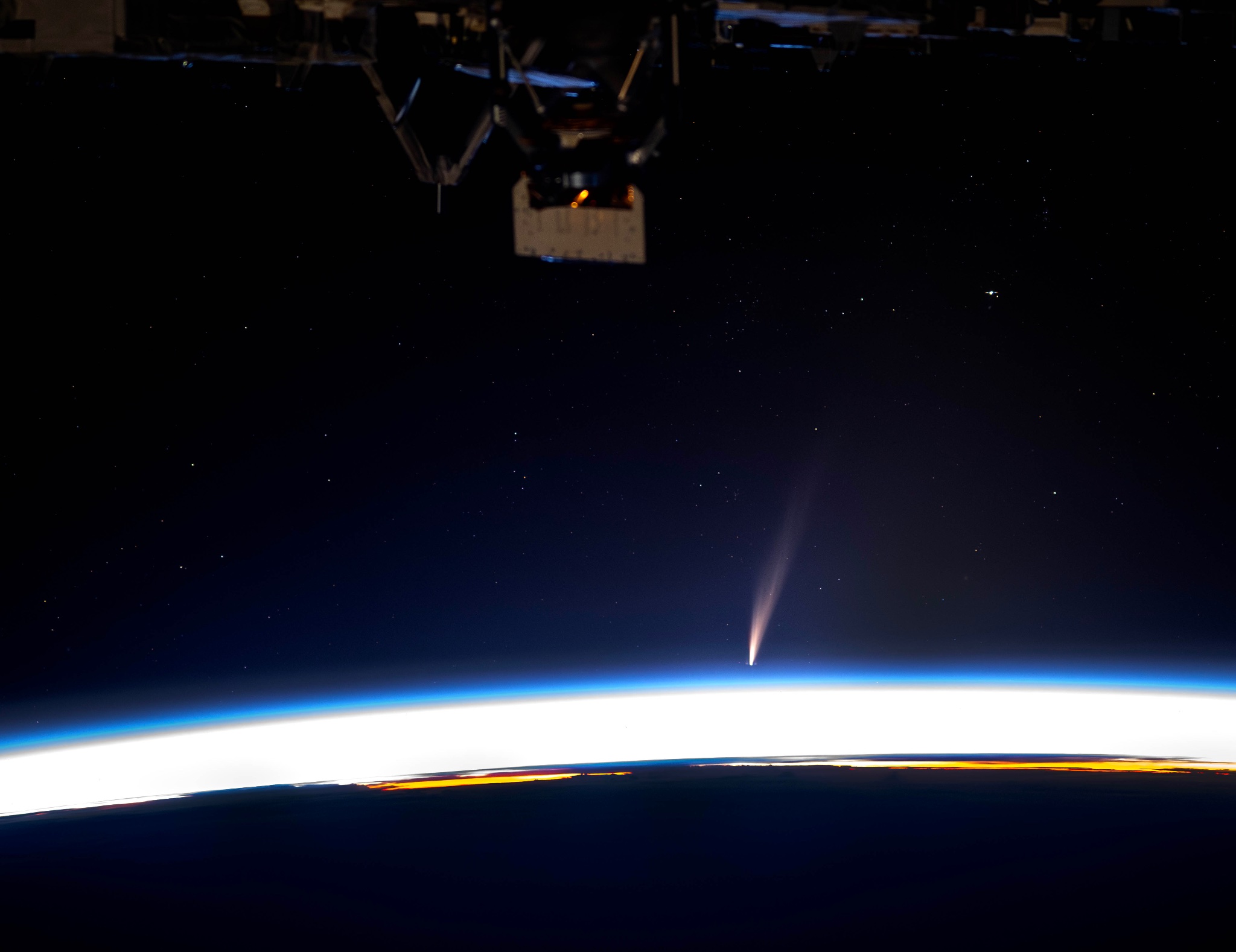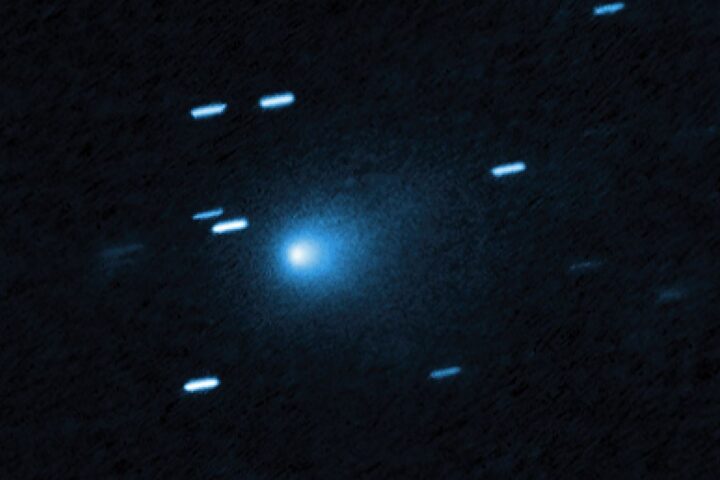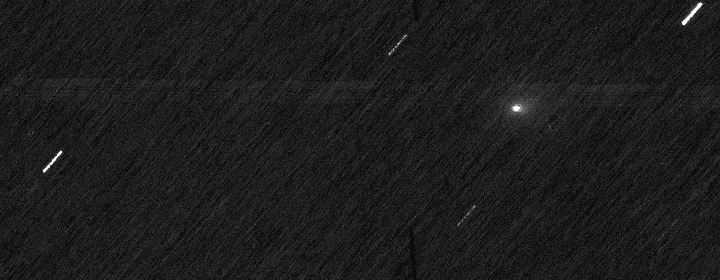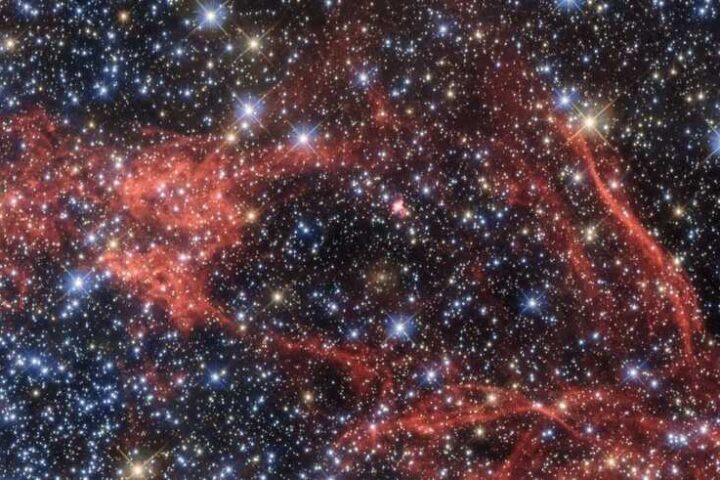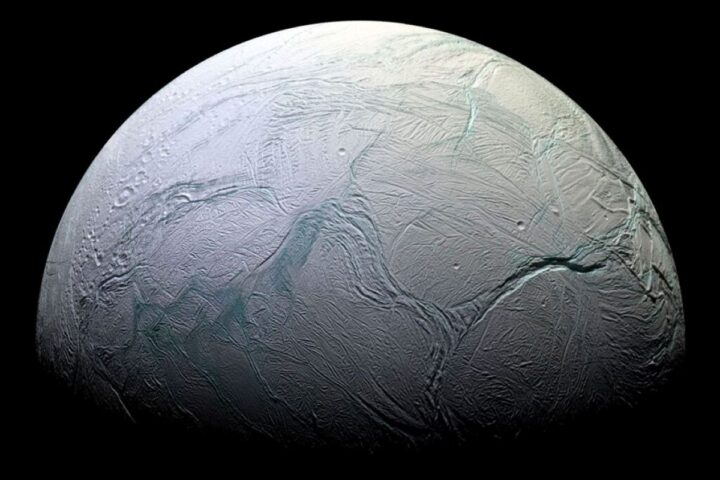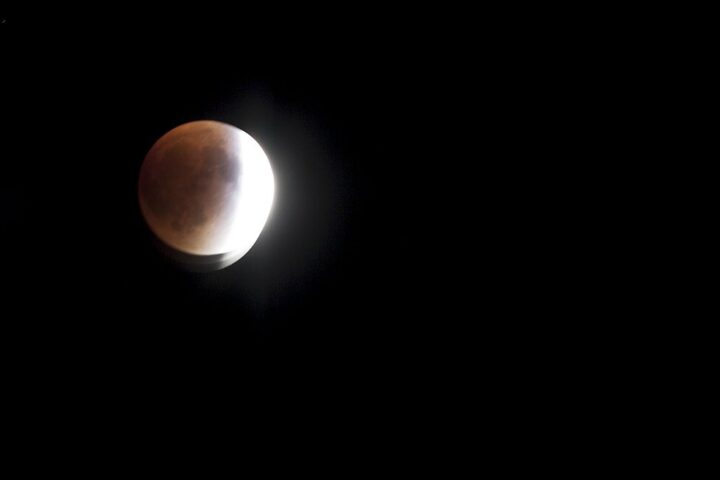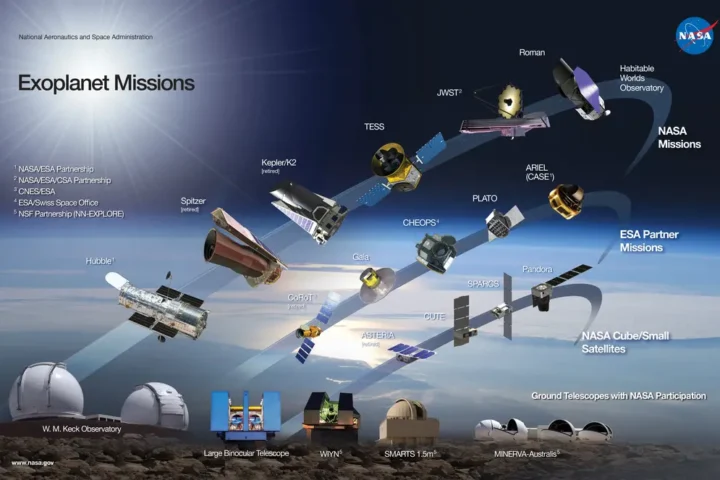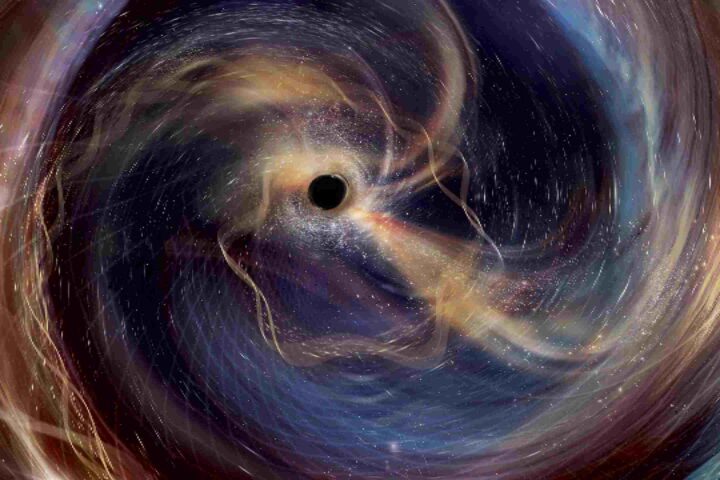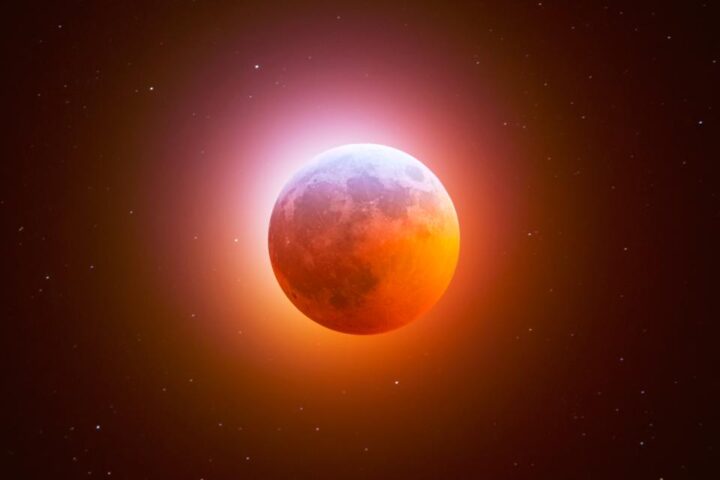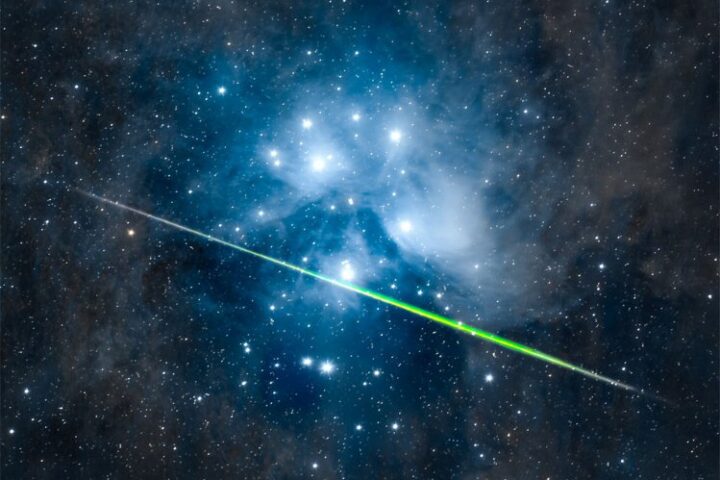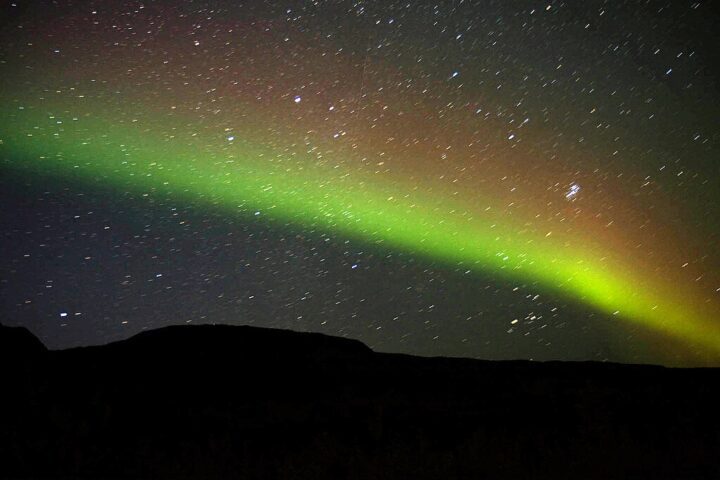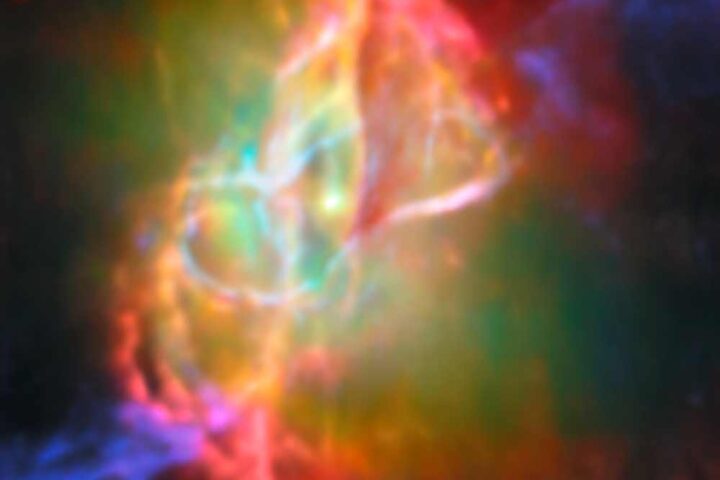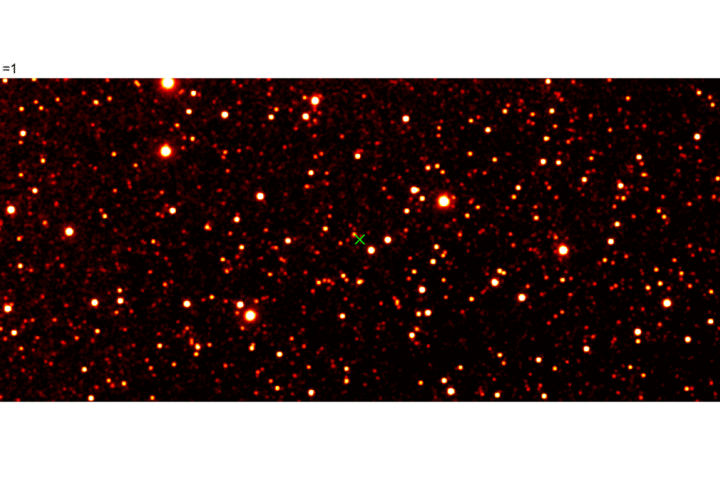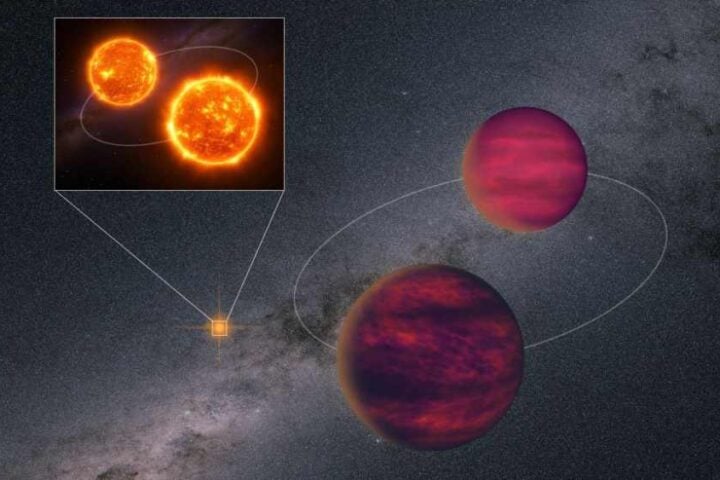A bright visitor from space is giving Australia and New Zealand a special light show this week. This space traveler, called Comet G3 ATLAS, hasn’t passed by Earth for 160,000 years.
Just like ice melts in sunshine, this giant space snowball is now glowing brightly as it passes close to the Sun. “It’s totally amazing to see,” says astronaut Don Pettit, who photographed it from space. The comet appears as bright as some of the strongest lights we see in the night sky.
“Now is your chance to see it,” says Dr. Rebecca Allen from Swinburne University. She explains that anyone can spot it by looking toward the sunset. “Look for a bright streak in the sky, just below the planet Venus – which appears as a bright point of light.”
Simliar Posts
The comet’s visit is brief though. It will start fading from view on January 23, giving sky-watchers just a few days to catch this once-in-a-lifetime sight. Several photographers have already captured its beauty, including Troy Pearson in Orange, NSW, who took striking photos on January 19.
Scientists are particularly excited because this comet is unusually bright – it’s the third brightest comet ever recorded by NASA’s space-based solar observatory. It recently passed within 13.5 million kilometers of the Sun, close enough to make it glow brilliantly but far enough to survive the heat.
For anyone wanting to see it, timing is crucial. Wait until the sun has completely set, then look toward the southwestern sky. While regular cameras or binoculars can help spot it, remember to be careful as the comet is still relatively close to where the sun sets.
This special visitor was first spotted in April 2024 by ATLAS (Asteroid Terrestrial-impact Last Alert System) in Chile. After this brief visit, the comet will journey back to the outer solar system, not returning for approximately 600,000 to 800,000 years.British space expert Nick James adds an interesting note of caution: just like weather can be unpredictable, so can comets. “It may be brighter or fainter than we expect,” he says, making these viewing days even more special for sky-watchers.
